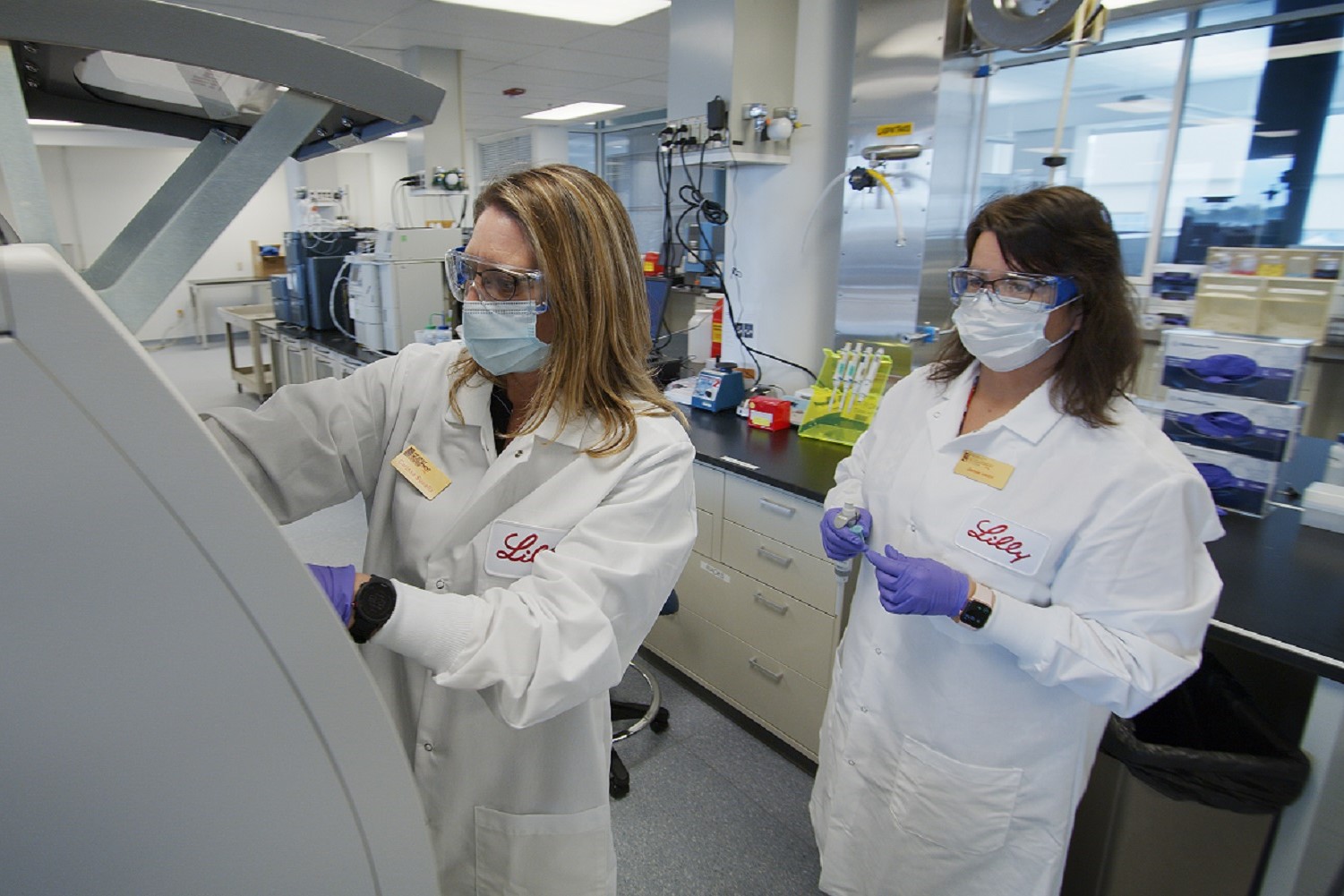Updated 1:55 p.m. Friday, July 31.
CLEVELAND, Ohio — University Hospitals is selling $100 million in tax-exempt revenue bonds to raise money for its Vision 2010 building projects and refinance some of its debt.
The bonds are being issued in order amounts of at least $5,000 by the Ohio Higher Educational Facility Commission, said University Hospitals spokeswoman Alicia Reale. About $45 million-worth of the bonds will be long-term, the rest, short-term. The average interest rate for the bonds is 5.48 percent, Reale said.

With the Rise of AI, What IP Disputes in Healthcare Are Likely to Emerge?
Munck Wilson Mandala Partner Greg Howison shared his perspective on some of the legal ramifications around AI, IP, connected devices and the data they generate, in response to emailed questions.
The long-term bonds will complete the external financing needed for construction projects that are part of UH’s Vision 2010 strategic plan. The bond money will help complete the UH Ahuja Medical Center in Beachwood, and the UH Cancer Hospital and Center for Emergency Medicine at UH Case Medical Center in Cleveland, among other projects, UH said.
The health system recently completed a neonatal intensive care unit at UH Rainbow Babies & Children’s Hospital in Cleveland and UH Concord Health Center as part of its $1.2 billion strategic plan. The short-term bonds will be used to repay existing debt, the health system said.
Once the latest round of revenue bonds are sold, University Hospitals will have $920 million in debt (registration required; short-term link), according to debt rating agency Moody’s Investors Service. In connection with the ongoing bond sale, Moody’s gave the new bonds a rating of A2, which means they “are considered upper-medium grade and are subject to low credit risk,” according to Moody’s.com.
According to Moody’s, UH’s financial and operational strengths are:
- Prominence as the second-largest health care system in Northeast Ohio with 27 percent market share in eight counties
- Average 3.6 percent operating profit margin and average 9.7 percent operating cash flow margin over the last three years
- Operating margin of 4.7 percent and operating cash flow margin of 10.5 percent in the first six months of 2009
- A more focused strategy than in the past of growing and investing in core operations to increase market share and remain competitive
- Volume growth in 2008 and 2009 — system-wide admissions are up almost 1 percent in the first half of 2009 – in contrast to volume declines regionally
- Revenues up 7 percent in the first six months of the year; operating income of $44.5 million in the first six months compared with $34.9 million in 2008
And its weaknesses are:
- Large capital program with almost $700 million left to be spent in 2009 and 2010 out of a $1 billion program
- Moderate, though manageable, debt level
- Less cash on hand
- Providing more uncompensated and Medicaid care as uninsured rates rise during the economic recession
- Formidable competitor in the Cleveland Clinic, which holds 46 percent market share in eight-county area
- Weakening Northeast Ohio economy, falling population in Cuyahoga County and rising unemployment
“These ratings, which are based on a thorough review of our operations and financial performance, are a confirmation of University Hospitals’ strong financial position,” Michael Szubski, UH’s chief financial officer, said in a written statement. “The ratings also reflect our ability to achieve our strategic objectives and maintain market share in a competitive health care environment.”
During the last several years, University Hospitals has developed a proactive treasury department that manages the health system’s financial risks in more aggressive ways than in the past. The system also has undergone a financial turnaround since 2003 when Thomas Zenty became its chief executive. A year later, University Hospitals reported its first operating profit in 11 years, thanks in part to Zenty’s decisions to cut jobs, close a money-losing hospital, sell a psychiatric facility and exit the health insurance business.
Zenty and his trustee board also have raised millions of dollars in gifts to the health system, largely to pay for Vision 2010 projects.














